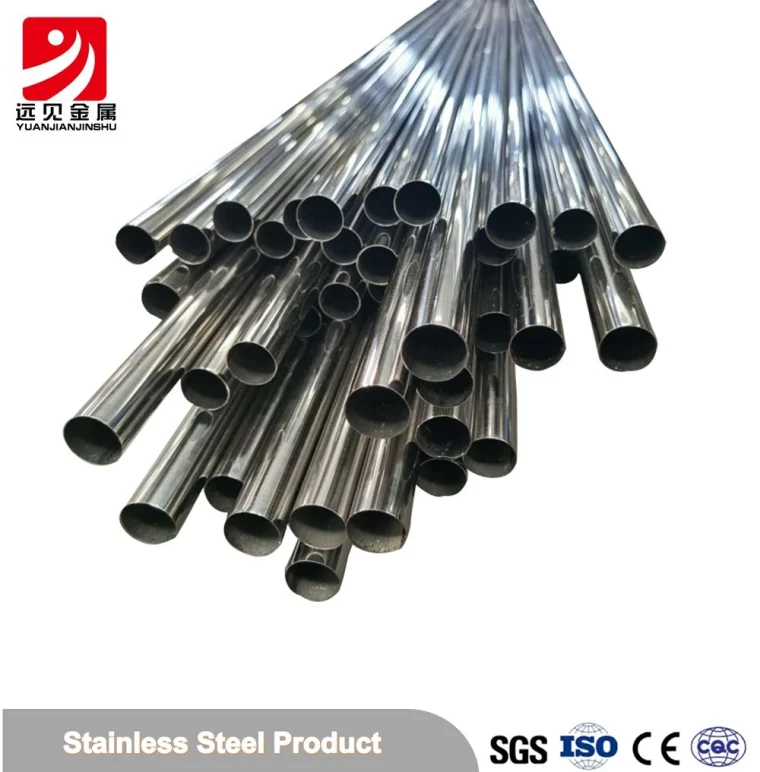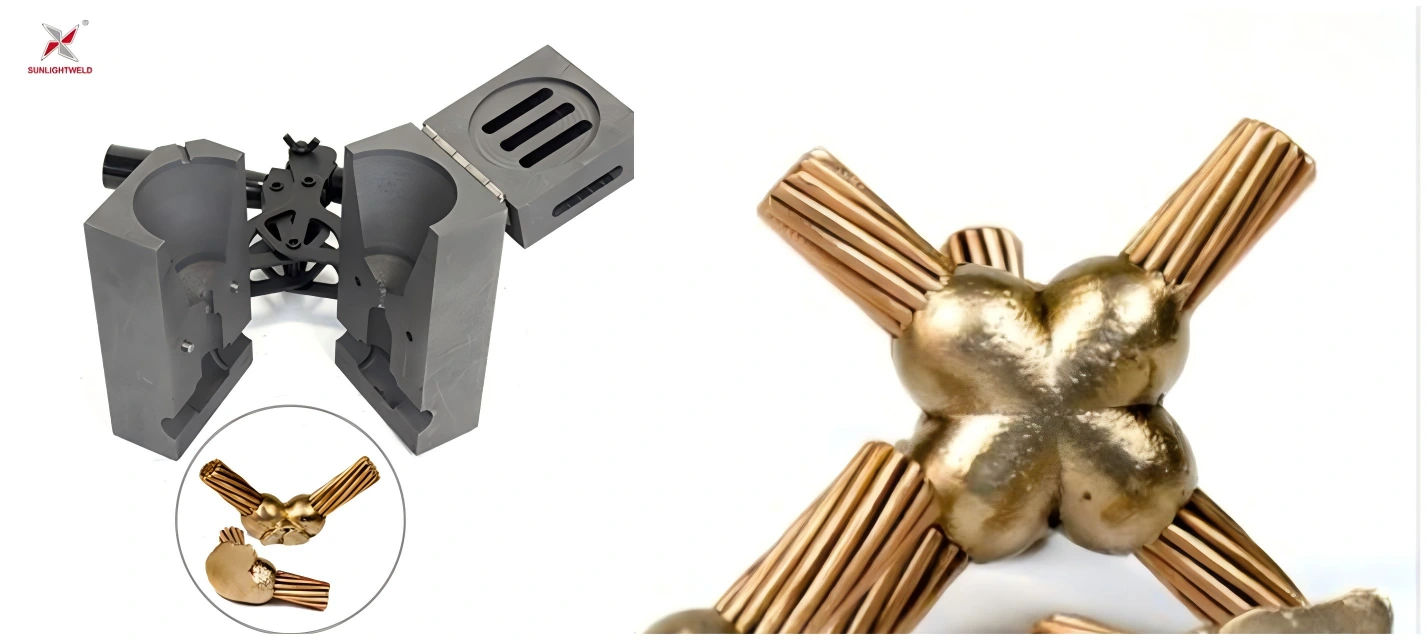
The world of 3D printing is a fascinating realm of innovation and creativity, where ideas transform into tangible objects with the click of a button. However, one aspect that often perplexes enthusiasts and professionals alike is the shrinkage of 3D printed plastic. So, how much does 3D printed plastic shrink? The answer is not as straightforward as one might think, as it depends on various factors such as the type of plastic, printing process, and environmental conditions.
Firstly, it's crucial to understand that plastic shrinkage in 3D printing is not a defect but a natural occurrence due to the cooling process. When plastic is heated during the printing process, it expands. Once the printed object starts to cool, it contracts, leading to shrinkage.
The shrinkage rate varies depending on the type of plastic used. For instance, ABS (Acrylonitrile Butadiene Styrene), a common 3D printing material, has a shrinkage rate of approximately 0.8% to 1.5%. On the other hand, PLA (Polylactic Acid), another popular choice, has a lower shrinkage rate of about 0.2% to 0.5%. Other materials like PETG and Nylon also have different shrinkage rates, emphasizing the importance of understanding the material properties before printing.
The printing process itself also plays a significant role in determining the shrinkage rate. Factors such as print speed, layer height, and extrusion temperature can all influence the degree of shrinkage. For example, printing at higher temperatures or faster speeds can cause the plastic to cool more rapidly once extruded, leading to increased shrinkage.
Environmental conditions, including ambient temperature and humidity, can also affect the shrinkage rate. A cooler environment can cause the printed object to cool faster, resulting in more shrinkage. Similarly, high humidity can lead to increased moisture absorption in certain types of plastic, causing them to shrink more.
To mitigate the effects of shrinkage, various strategies can be employed. These include using a heated print bed to slow down the cooling process, adjusting print settings, or using filaments with lower shrinkage rates. Post-processing techniques like annealing can also help reduce shrinkage and improve the dimensional accuracy of the printed object.
In conclusion, the question of how much does 3D printed plastic shrink is multifaceted, with the answer depending on the type of plastic, printing process, and environmental conditions. By understanding these factors and employing appropriate strategies, one can effectively manage and reduce shrinkage, enhancing the quality and precision of 3D printed objects.
As 3D printing continues to evolve, further research and development will undoubtedly provide more insights into this intriguing aspect, helping us navigate the incredible shrinking world of 3D printed plastic.



